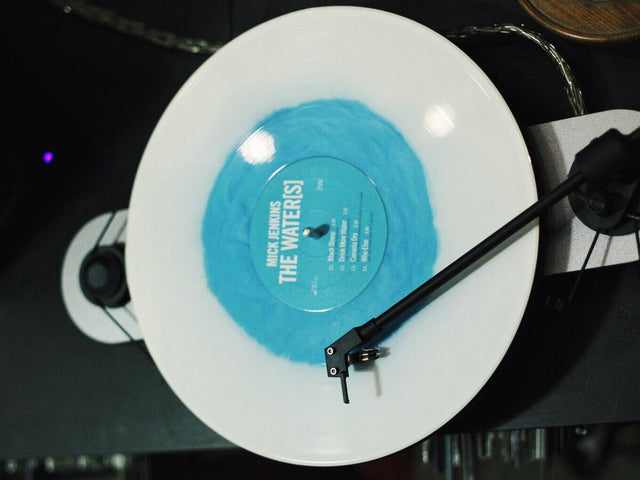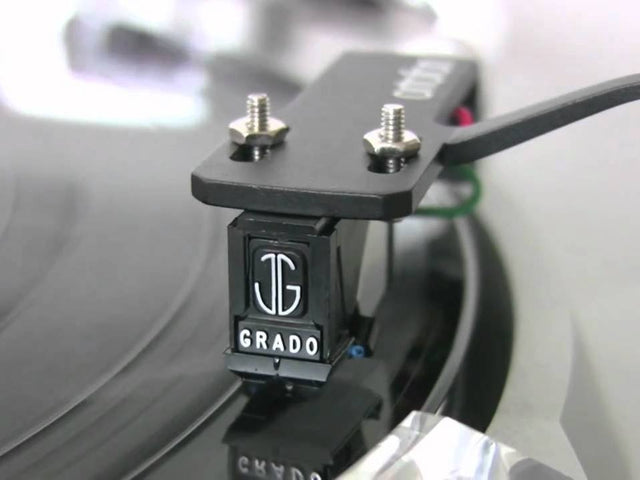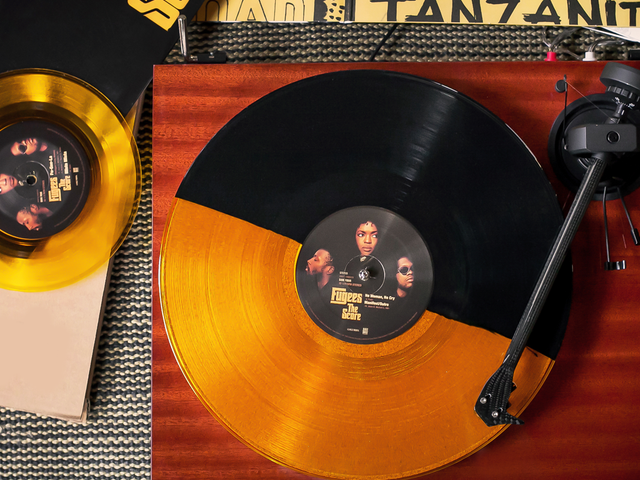The moment that your music system is comprised of different components, the business of changing and improving it takes on a slightly different dynamic. Instead of chopping everything in and looking to buy a better unit, you instead can choose to try and improve a specific area of the system to address issues you may feel it has. This process is somewhat different to one we apply to almost anything else we own—where the general process is one of complete overhaul.
With this option comes a different set of decision making processes. As a functioning system comprised of individual components, your equipment is effectively subject to a working relationship between the various parts. We have discussed this relationship before and tried to define the concept of system synergy but this piece aims to deconstruct the process a little and try and explain how you can allocate your resources correctly and see the best results from making improvements. The aim is to create a “balanced system” where every component that makes up the replay chain is achieving its full potential.
This might seem totally self-explanatory—spend more money, get a better sound, surely—but there are some aspects of how a hi-fi system works that mean spending different amounts of money in different areas will yield different results. Firstly, let’s break a system down into four different sections. There is the means of creating a signal (the source, the means of boosting that signal to a useable level), the amplification (the means of turning that signal into sound), the speakers and finally the supporting equipment that lets it happen, your cables, stands, cleaning equipment—the accessories. All four are equally necessary to make a system work but that doesn’t mean you need to devote resources equally to them. This is because the bang for your buck that different components offer at various price points varies considerably. Spending the same amount in two different areas will yield very different results.
First up, your source. As this is a site devoted to the vinyl record, when I refer to “source” in this case, I am talking about a turntable. As we have noted in the past, these are mechanical devices and this means that improvements in the overall performance can generally only be achieved by improving the quality of engineering present in the turntable. Historically, this led audio dealers to advocate a system-building philosophy called Front End First. This is built around the idea that any problems that are the result of the source equipment cannot be mitigated by equipment further along the chain so this needs to be the area you devote the most resources to.
Is this correct? It certainly has some merit. There aren’t many ways to “cheat” an improvement to your vinyl replay—something we’ve covered in the past. Record players remain examples of mechanical engineering where improvements really only stem from physically making a better one, so it follows that allocating more resources here will yield positive results. Within this though comes a secondary calculation. Your turntable is itself a balance of components—the deck itself, the tonearm, cartridge and phono preamp. These components have a balance of their own that needs to be taken into account.
So what does that mean in reality? If you have a turntable with an arm that mounts a cartridge via the conventional two screw fixing, there is nothing to prevent you from fitting a cartridge that costs several thousand dollars on it. The result is likely to sound better too… but not as good as spending the same amount of money on a more balanced set of the parts that make up a turntable. Without improvements in the quality of the supporting components, the full potential of any single part won’t be met. There are no hard and fast rules to this—some relatively affordable tonearms are impressively good at working with seriously expensive cartridges for example—it won’t hurt to not significantly deviate from a basic three-way split on the components if they’re sold separately or 66/33 if the turntable and arm are a single section.
With your turntable established and running in equilibrium, we can look at the rest of the system. The power relationship between your amp and your speakers is something that has already been covered and ultimately, if you have an amplifier that delivers what the speaker needs, its cost is less important. This is not to say that there aren’t benefits to more expensive amplifiers—they bring a host of secondary performance gains in terms of noise and ability to deliver the power they have—but right now, if you have the choice of going long on either your amplifier or your speakers, you should do the latter.
This is because, although the situation is not so clear-cut as it is with turntables, speakers are also mechanical devices. Spending more money sees improvements that are hard to secure any other way and unless you do something mad like buy a pair of six-foot-tall leviathans for a broom closet, you should see benefits from doing so. If you have a hypothetical budget of $1,000, a 70/30 split in favour of speakers will usually reap good results and this will apply to multiples above and below this point. When reviewing equipment, I will frequently connect my resident pair of speakers to amplifiers that cost considerably less than a quarter as much. On some occasions in particular, the results gained have had me question why I’d bother spending any more.
And your accessories? Ultimately, all of the additional peripherals of your system can’t exceed the performance of the parts actively involved in creating the sound, merely minimise any potential losses. With this in mind, if your budget is tight, you should always focus on the equipment. With a solid system in place, improving the isolation of your record player, your ability to keep your records clean and then your cabling—in roughly that order—will yield the best results. Ultimately accessories are just that and need to be budgeted accordingly. Regardless of the promises you might read on a cable company’s site, the chances are money spent there is going to yield less benefit than devoting similar funds to the actual hardware.
In 2017, the nature of equipment means that very few devices will outright not work with one another—some of the pitfalls of years gone by are not a thing of the past. Taking this one step further to achieve a level of balance that means you are getting the most bang for your buck at any given price point. If you can start to approach your purchases with a view to achieving this rather than throwing stuff at the wall and seeing what sticks, the results will unquestionably be worth it.
Ed is a UK based journalist and consultant in the HiFi industry. He has an unhealthy obsession with nineties electronica and is skilled at removing plastic toys from speakers.
Join the Club!
Join Now, Starting at $44Exclusive 15% Off for Teachers, Students, Military members, Healthcare professionals & First Responders - Get Verified!











